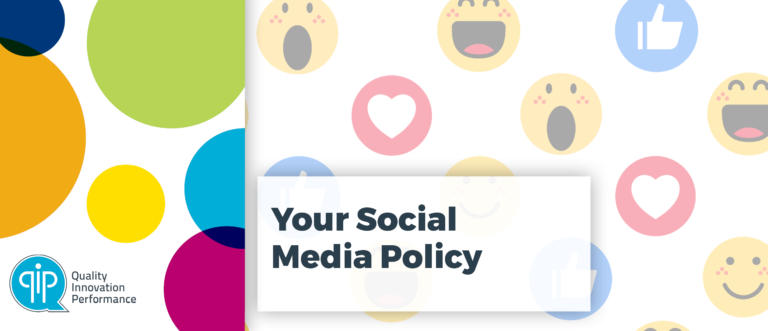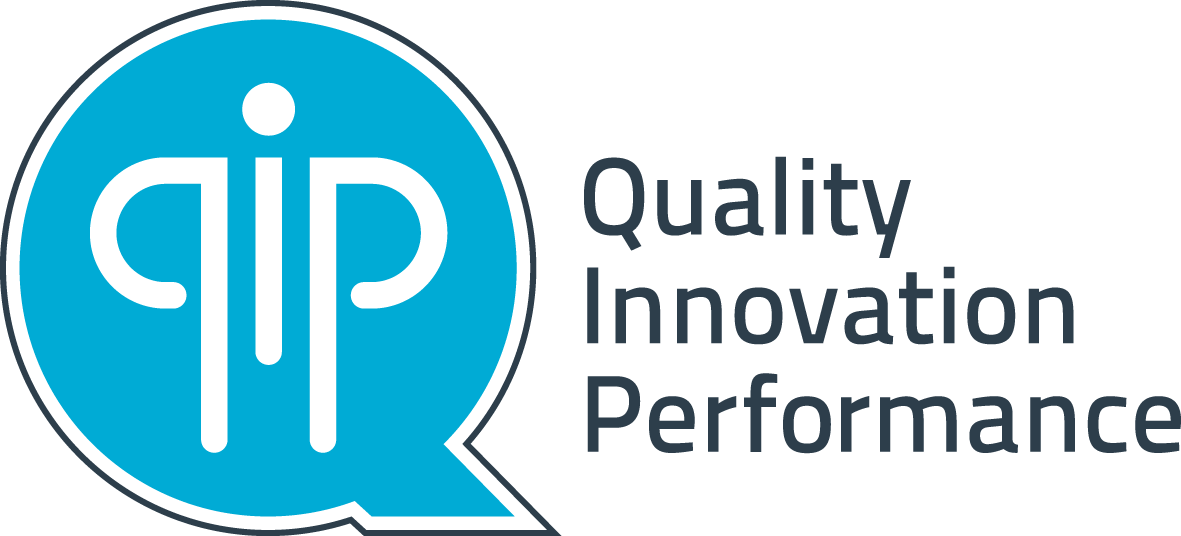Latest news

The importance of creating a social media policy
As social media becomes an ever more popular form of communication, between friendship circles as well as businesses and consumers, it can also act as a great communication tool to keep in contact with your consumers/patients and the local community.
What is social media?
Throughout this article we broadly reference the term ‘Social Media’ however, what does this actually mean? Social Media is referred to as any websites or computer programs that allow people to communicate, share content or partake in social networking on the internet via the use of computers, mobiles, tablets or other electronic devices1.
Currently, the most popular forms of social media in Australia and across the globe include Facebook, Instagram, LinkedIn, YouTube and Twitter. Different social media platforms have more relevance to different product and service offerings and therefore, it is important to work out what platforms will be the most beneficial to your organisation. As a starting point, our team has identified Facebook, Twitter and Instagram as the top three social media platforms likely to best align with your organisation’s social media objectives. Discover the key purpose, differences and similarities between these three popular social network channels below:
Facebook is best utilised to drive business to consumer conversations, and will likely be the most useful online communication tool between your organisation and your consumers/patients. Facebook acts as a platform for patients to learn more about your organisation such as contact details, opening hours, service offerings, location and more importantly, organisation updates, healthcare research and general wellbeing tips. With the benefit of back and forth communication with patients, there comes the risk of confidentiality breaches and potentially, negative comments linked to the organisation’s page. To learn more about how to mitigate these risks, review the list of useful resources our team has provided at the end of this article to help you get started.
Like Facebook, Twitter is an effective communication platform for businesses to deliver consumer-focused communications to their audience. The primary difference is that Twitter has a character limit to posts, keeping information succinct. Twitter is generally used by businesses to offer quick updates, responses to trends, and for sharing or announcing industry related news. It’s a useful tool to keep your patients in the loop with new information, trends and research.
Instagram is a great platform for reaching the younger generations of your consumer/patient base. With that said, Gen Y and Z respond to posts which take a break from the norm and grab their attention. Instagram is an image-based social media platform and to support success on this channel, it is essential for content to be eye-catching and engaging.
Some examples of engaging content could be visually clever designs that provide key healthcare or well-being information such as infographics or diagrams. Another idea may be to post a relatable, high-quality image, with a caption asking questions about regular appointments, common healthcare issues, well-being tips etc.
As with all social media channels, have some fun, try different posts, and track their success. This will give you an idea of the content your consumers/patients are responding well to and will support future content development.
Your Social Media Policy
Before your organisation leaps into the world of social media, it is important that you develop a strategy to manage and minimise your risk by taking the time to create a Social Media Policy.
This documented strategy will allow you to outline techniques, and best practice policies and procedures to offer staff a clear understanding of how to use the social media platforms, codes of conduct, roles and responsibilities, privacy and security, what to and not to post, and how to respond to a variety of comments.
A Social Media Policy is an extremely useful tool to support positive community engagement and your organisation’s brand awareness while considering any legal and professional responsibilities.
What should be included in your policy?
As a base to your new policy, it is helpful to start the conversation to gain information related to the following sections:
- Organisation details
- Organisation Name
- Date of Policy
- Name of Social Media Manager
- Purpose of the policy
- Outline why your organisation has put a policy in place
- This policy outlines the recommended best practice guidelines for our organisation when using social media platforms to help us recognise and mitigate the potential risk involved with the use of social media.
- Definition of social media
- Define what social media is and the platforms your team is engaging in
- Background and rationale
- Why your team is utilising social media and the goals associated with its use
- The following policy guidelines outlining social media use, whether personal or business related, is applicable to all staff who are legally responsible for their online content and may be held liable for any misconduct or breach of the policy. Our organisation has the right to enforce disciplinary action including termination of employment if found in breach.
- Policy Application
- Define who the policy does and does not apply to
- This social media policy applies to any staff who are under employment by <organisation name>. The policy does not include patients or people not employed by <organisation name>.
- Policy
- Outline your organisation’s expectations of staffs use of social media, making them aware of what is expected of them and what they should be mindful of when posting. When developing this primary section of the policy, it is important to think about all area where staff could negatively impact the organisation in any way.
- NOTE: this should be applicable to their personal posts with any mention of the workplace or the organisation’s name.
- The following information outlines what organisation staff are expected not to post on social media:
- Content that:
- Alludes to or is directly involved in anything unlawful, pornographic or explicit in nature, offence, threatening or defamatory.
- Divulges personal details or information reveals confidential information relating to both patients and non-patients of the organisation, business information that has not been made public.
- Using social media as a form of communication to send unsolicited messages or buy/sell using the organisation’s brand.
- Claiming a false identity.
- Making unauthorised changes to the organisation’s social media platforms.
- Content that:
- Privacy and security
- Provide a clear approval process before posts are made prior to going live.
- Rules and regulations
- Specify any laws that must be adhered to
- Read and outline industry codes and regulations applicable to your organisation’s use of social media (see list of relevant documentation at the end of this article).
- Brand management
- Tone, language and types of posts/content to be created
- Staff Responsibilities
- Who is responsible for the management and monitoring of social media platforms (Social Media Manager)?
- What is their role as the Social Media Manager?
- What is the process when the social media manager is away?
- Processes
- Approval process
- Data/security/privacy breach
- Negative comments/engagement
- Breach of Policy
- Outline the repercussion
- The following information outlines what organisation staff are expected not to post on social media:
- Define who the policy does and does not apply to
- Why your team is utilising social media and the goals associated with its use
- Outline why your organisation has put a policy in place
The above information outlines the key points to cover when developing your Social Media Policy, however there may be additional aspects you also decide to include.
QIP’s tips for building your Social Media Policy
1 – Two is better than one
When developing your Social Media Policy, it is valuable to gather the entire staff team and discuss the inclusions and guidelines together. Allowing input from all team members will lead to a more cohesive policy, covering all possibilities and scenarios. It also gives the team a better understanding of the guidelines and allows them to feel like part of its creation, as opposed to just reading over it once and signing on the dotted line.
2 – Crisis Management
Majority of the time everything runs smoothly but once in a while there is a chance something may not go quite to plan. An important component of your Social Media Policy will be to clearly highlight what the procedure is for a social media crisis such as inappropriate content from staff or negative feedback from patients. Planned crisis management allows for a quick and efficient response in situations where the reputation of your organisation could be in jeopardy of damage. By having your policies and procedures documented, this takes the pressure off staff who are not responsible for the day-to-day management of social media and allows for rapid response from the people who are in charge.
3 – Keep it Short
Just like social media posts, this document should be short; around two pages at most. The policy is meant to be used as a quick, easy to read set of rules that your staff will actually read and remember. In order to get the best social media use from your team, it is imperative that they are aware of the policy and not overwhelmed or confused by a binder bursting at the seams with rules and instructions.
4 – Follow us!
Social media only works if you have followers. Writing how you will attract followers to your pages is something that should be addressed. Ideally, your followers will be those who have a vested interest in your organisation, such as stakeholders, suppliers, staff and most importantly, your consumers/patients. How will you reach these followers? It could be posters around your organisation, on your email footers or promotions, it’s up to you.
———————————————————–
The information provided in this article is encouraged to be used as a guide for your Social Media Policy development. Social media is a fantastic communication tool to strengthen engagement with your consumers/patients and the local community in a relaxed, easy and interactive setting. Once you get the hang of utilising your social media platforms, it can provide you with in-depth consumer insights which are invaluable to your organisation’s success. However, if used incorrectly it can be just as harmful to your organisation.
Although a number of these resources are focused toward the medical sector, the following stakeholders have developed useful and in-depth templates, articles and documents which you may like to refer to, to guide the development of your new social media policy. It is helpful to look at some of the inclusions, layouts and risk management strategies outlined by these stakeholders while customising specific sections to meet the needs of your own organisation:
- Australian Government Department of Human Services Social Media Policy for departmental staff
- AHPRA policy for registered health practitioners’ Social media policy
- Royal College of General Practitioners (RCGP, UK) – Social media highway code
- Australian Medical Association (AMA) – Code of Ethics
- Australian Medical Association (AMA) – Social Media and the Medical Profession: A guide to online professionalism for medical practitioners and medical students.



